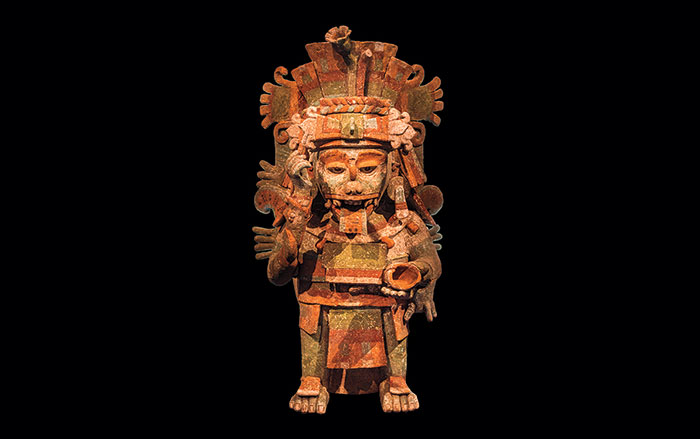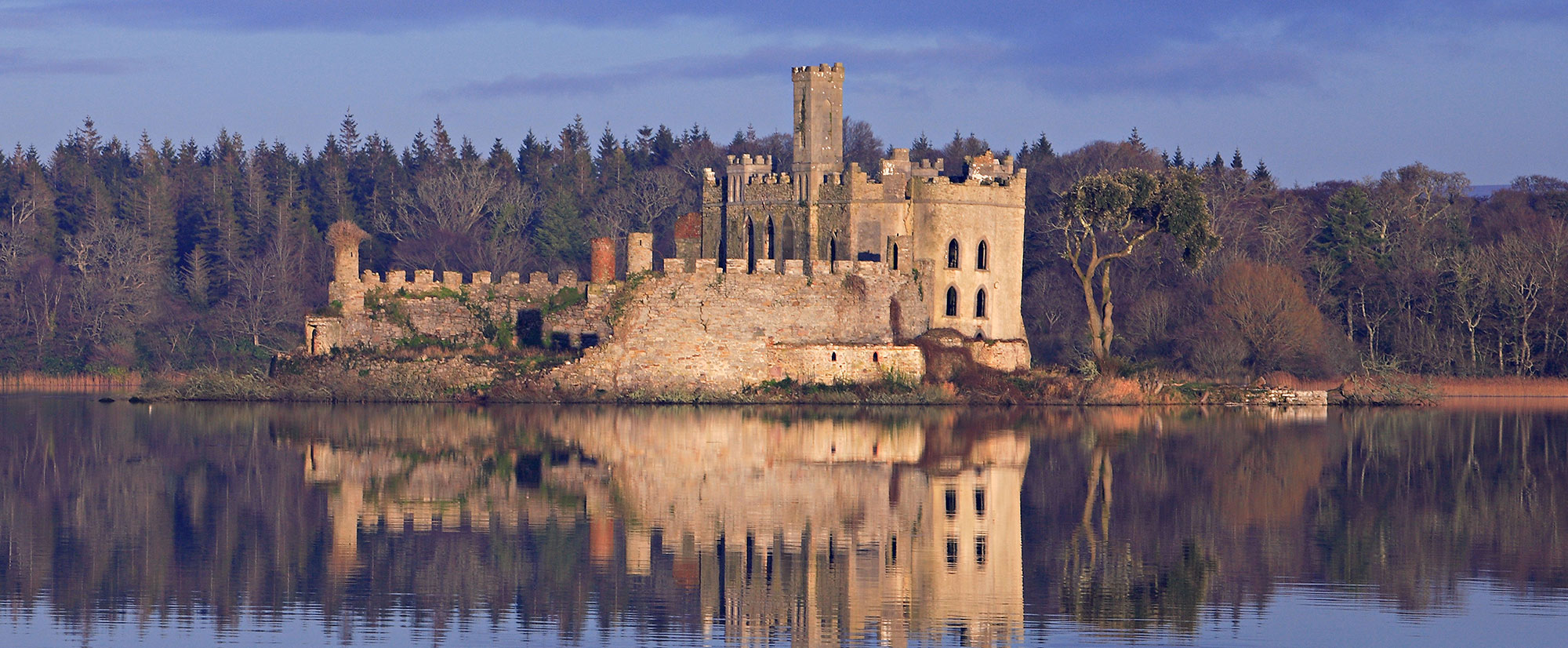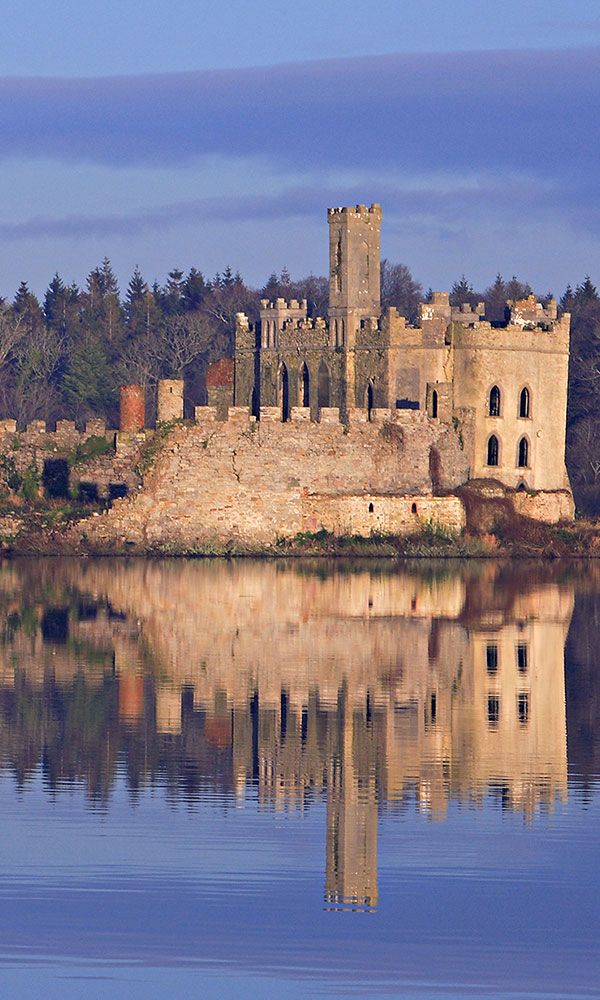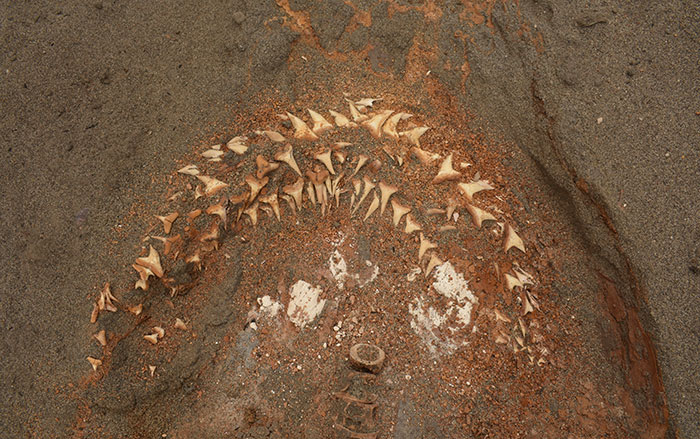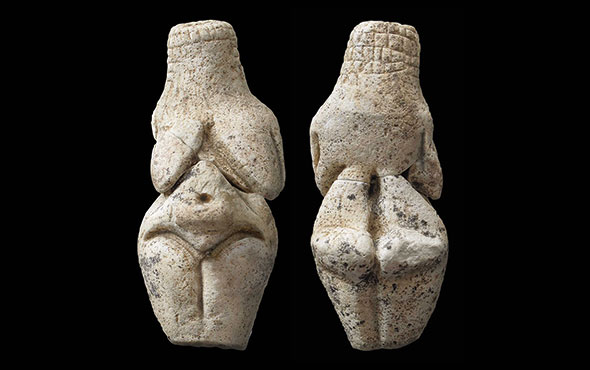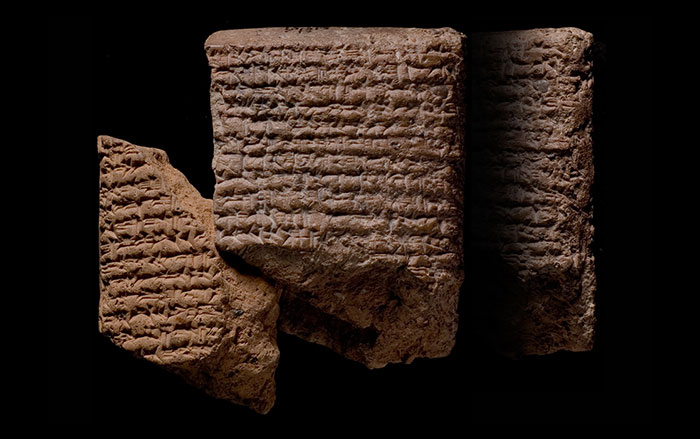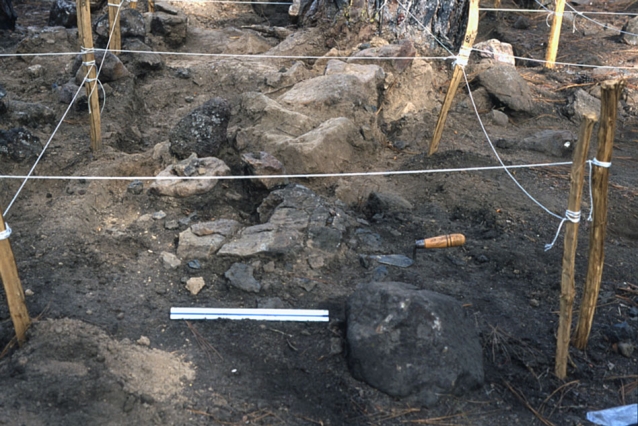
BOSTON, MASSACHUSETTS—According to a statement released by the Massachusetts Institute of Technology (MIT), Dorothy Hosler of MIT and Johan Garcia Zaldua of the University of Porto suggest that Spanish explorers relied on local miners and smelters at Mexico’s site of El Manchón to process metals for their bronze artillery, coins, kettles, and pans. The people of El Manchón, Hosler said, had been producing copper alloys for bells and amulets for several hundred years by the time the Spanish arrived in the New World. The researchers uncovered a furnace at El Manchón featuring a hybrid of local and European design, with two parallel courses of stones, a modified European bellows system, and large amounts of slag, the stony waste product left behind by the process of refining ore. Hosler said the hybrid furnace would have been capable of producing a large volume of copper for Spanish use. A review of sixteenth-century documents revealed that in return for their skills, Mesoamerican copper workers negotiated an exemption from paying taxes imposed by the Spanish. To read about ritual objects recovered from an underground cave system at Chichen Itza, go to "Maya Subterranean World," one of ARCHAEOLOGY's Top 10 Discoveries of 2019.




